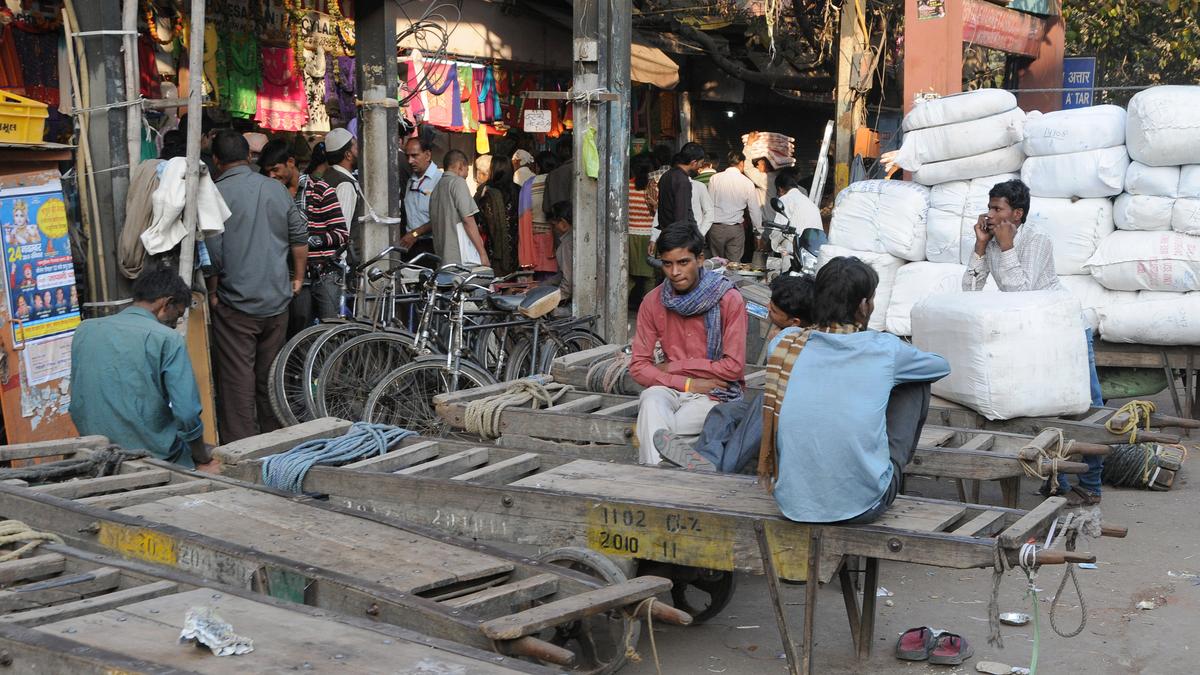
India’s jobs crisis, the macroeconomic reasons Premium
The Hindu
A separate policy focus is needed on employment in addition to the focus on GDP growth
There are many indications everywhere that India continues to be going through a jobs crisis. Official data sources as well as many on-the-ground reports point to this fact. What are the macroeconomic reasons for this crisis?
At the outset, it is useful to distinguish the two types of employment that prevail in an economy such as India. The first is wage employment which is a result of labour demanded by employers in their pursuit of profits. The second is self-employment where labour supply and labour demand are identical, i.e., the worker employs herself. A further useful distinction can also be made between wage labour and jobs. The first includes all forms of labour done for an employer including daily wage work at one extreme and highly paid corporate jobs at the other. But, jobs generally refer to relatively better paid regular wage or salaried employment. In other words, all jobs are wage labour, but all wage labour cannot be called jobs. When we speak of a jobs problem, we are speaking of inadequate labour demand particularly for regular wage work.
The Indian economy has historically been characterised by the presence of both open unemployment (out of work job-seekers) as well as high levels of informal employment consisting of the self-employed as well as casual wage workers. The last is also called “disguised unemployment” because, being similar to open unemployment, it also indicates a lack of adequate employment opportunities in the formal sector.
This lack of opportunities is reflected by a more or less stagnant employment growth rate of salaried workers in the non-agricultural sector in the last four decades. What explains such constraints in the labour demand of formal sector?
The labour demand in the formal non-agricultural sector is determined by two distinct factors. First, since firms in the formal sector hire workers to produce output for profit, labour demand depends on the amount of output that firms are able to sell. Under any given level of technological development, labour demand in the formal sector rises when demand for output rises. Second, labour demand depends on the state of technology that dictates the number of workers that firms need to hire to produce one unit of output. Introduction of labour-saving technologies enables firms to produce the same amount of output by hiring a lower number of workers.
Since economic policy is generally framed in terms of output growth (think of GDP or value-added), rather than the level of output, let us examine this argument in terms of growth rates. Employment growth rate is determined by the relative strength of two factors — the output growth rate and the labour productivity growth rate (growth rate of output per worker). If labour productivity growth rate does not change, higher output growth rate increases employment growth rate. In other words, policies that promote higher economic growth would also achieve higher employment growth. On the other hand, if labour productivity growth rate rises, employment growth rate falls for a given output growth rate.
In India, the employment growth rate of the formal and non-agricultural sector remained unresponsive despite a significant rise in the GDP growth rate and the value added growth rate during the 2000s as compared to the decade of the 1980s and 1990s. The lack of responsiveness of employment growth rate to changes in output growth rate reflects a phenomenon of jobless growth. It indicates a strong connection between labour productivity growth rate and output growth rate. Why should this be the case?











